“ETF Investing for beginners in 2025 — The Complete U.S. Beginner’s Blueprint”
ETF investing for beginners

ETF investing for beginners
Introduction: Why ETFs are a Game-Changer for U.S. Investors in 2025 AND ETF investing for beginners
ETFs (Exchange-Traded Funds) are the “Netflix of investing” for novices in the US stock market since they provide you with immediate access to a group of stocks or bonds without requiring you to choose each one separately. ETFs are more well-liked than ever in 2025 because of their affordability, flexibility, and benefits for diversification.
But how can you get started without getting overwhelmed by the multitude of ETFs available? Even if you have never purchased a single share of an exchange-traded fund (ETF), this tutorial will explain what they are, how they operate, and how to begin investing in them step-by-step.
1.What is an ETF?
Similar to individual stocks, an exchange-traded fund is a collection of securities that may be bought and sold on a stock market, including stocks, bonds, and commodities.
For instance, purchasing a share of the S&P 500 ETF (such as SPY or VOO) entitles you to immediate ownership of tiny stakes in the 500 biggest American corporations.
Most of the time, exchange-traded funds (ETFs) are passive investments, meaning that their goal is to replicate, not outperform, an index.
2.How ETFs Differ from Mutual Funds
| Feature | ETF | Mutual Fund |
|---|---|---|
| Trading | Can be traded anytime during market hours | Only bought/sold at end of the day |
| Fees | Usually lower (as low as 0.03% annually) | Higher expense ratios |
| Minimum Investment | Just the price of one share | Often $1,000 or more |
| Tax Efficiency | More tax-friendly in the U.S. | Less tax-efficient |
3.Types of ETFs in the U.S.
Stock ETFs: Follow well-known indexes, such as the NASDAQ or S&P 500.
Bond ETFs: Concentrate on corporate or government bonds.
Sector ETFs: Make investments in particular industries, such as healthcare or technology.
Commodity ETFs: Monitor the price of gold, silver, or oil.
Global exchange-traded funds (ETFs) provide exposure to markets beyond the United States.
4.Why ETFs Are Perfect for Beginners in 2025
Diversification: Hundreds of companies might be included in a single ETF.
Low Fees: The expense ratios of a large number of ETFs are less than 0.05%.
Transparency: Every day, holdings are updated.
During market hours, it is easy to buy or sell.
5.How to Start Investing in ETFs — Step-by-Step
Step 1:First, create a brokerage account.
Select an online brokerage with headquarters in the United States, such as Robinhood, Vanguard, Fidelity, or Charles Schwab.
Step 2: Add Money to Your Account
Move funds out of your bank account.
Step 3: Select an ETF
Seek out:
- Minimal Cost Ratio (less than 0.1%)
- High Liquidity (volume of daily trading)
- Diversified Holdings: Steer clear of funds that are too concentrated
Step 4: Make Your Purchase
Choose between a limit order, which only purchases at the price you specify, and a market order, which purchases immediately at the current price.
Step 5: Keep an eye on and hold ETFs designed for long-term investing, not short-term trading, are the best option.
6.Best ETFs for Beginners in the U.S. (2025 Edition)
Vanguard S&P 500 ETF (VOO): Large-cap US firms
The whole U.S. stock market is included in the Vanguard Total Stock Market ETF (VTI).
Top NASDAQ equities with a strong tech component are QQQ (Invesco QQQ Trust).
High dividend U.S. stocks are included in the Schwab U.S. Dividend Equity ETF (SCHD).
Global diversification is provided via the Vanguard Total International Stock ETF (VXUS).
7.Common Mistakes to Avoid
❌ Pursuing short-term performance: Previous performance does not ensure future outcomes.
❌ Over-diversification: Your returns may be diluted if you own too many ETFs.
❌Ignoring fees: Over time, even minor variations in expense ratios can have a significant impact.
8.Tax Tips for ETF Investors in the U.S.
- For tax-free gains, place ETFs in a 401(k) or Roth IRA.
- If you hold ETFs for more than a year, you are subject to long-term capital gains rates.
- Reduce the number of taxable events by avoiding frequent trading.
Conclusion: Your ETF Investing Journey Starts Now AND ETF investing for beginners
One of the easiest, safest, and most economical methods to begin investing in 2025 is with an exchange-traded fund (ETF). They keep expenses down while enabling novices to create diverse portfolios with little work. Patience and consistency are crucial, regardless of how much money you begin with—a single share or several hundred dollars.
online-investing-for-beginners-usa


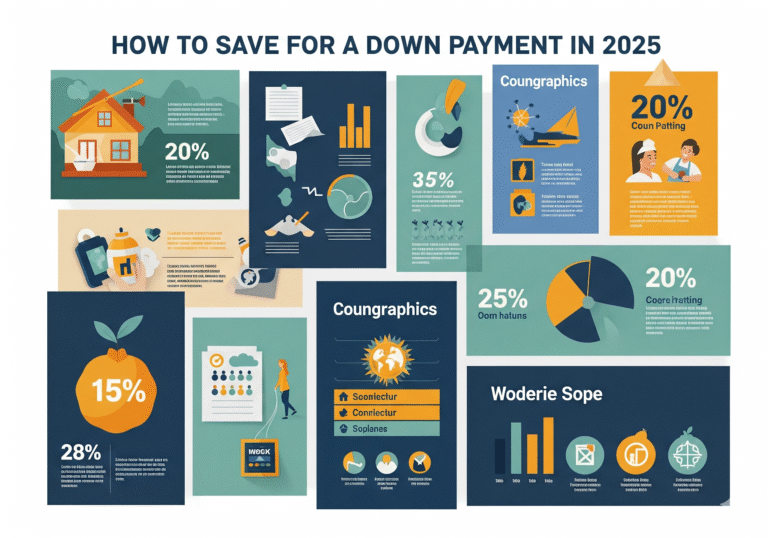

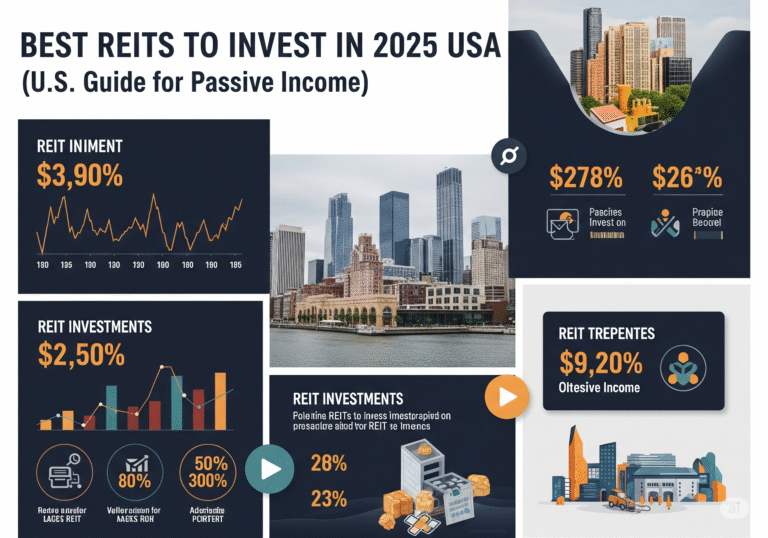
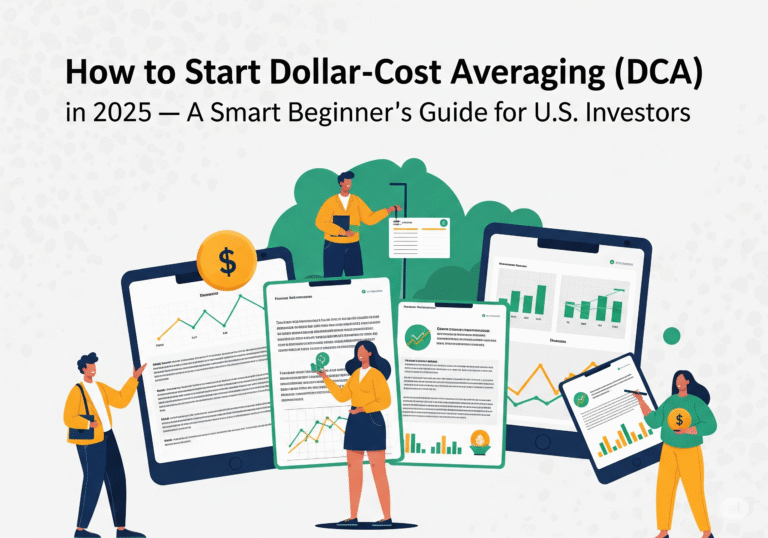
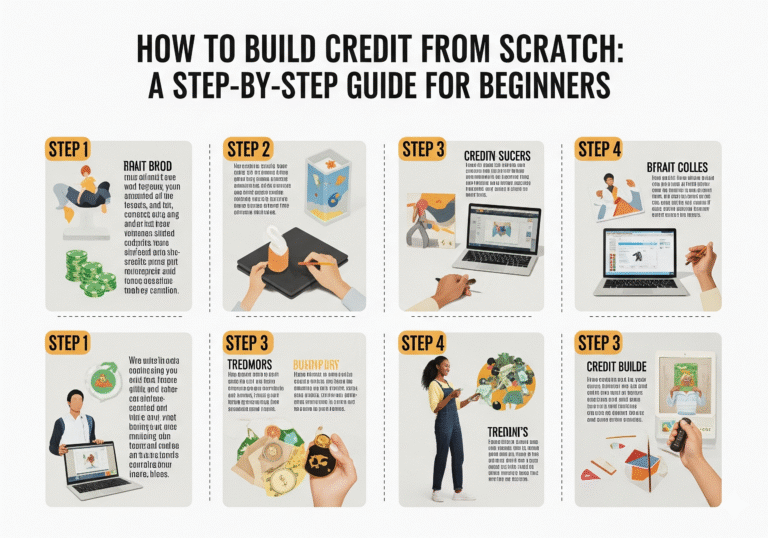
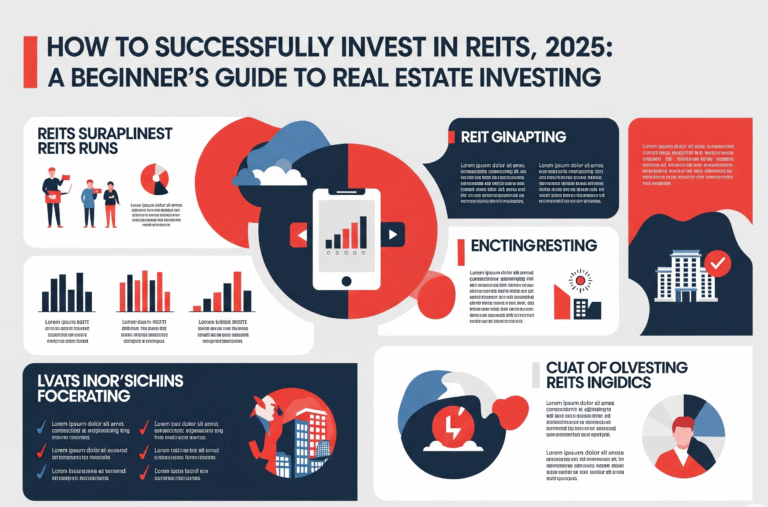
2 Comments